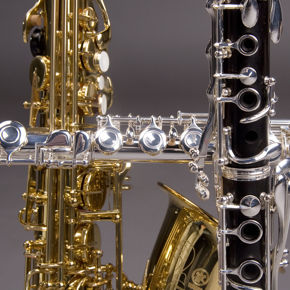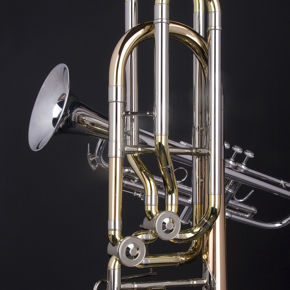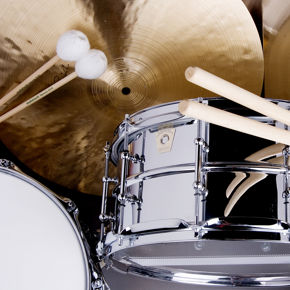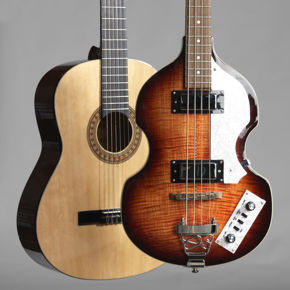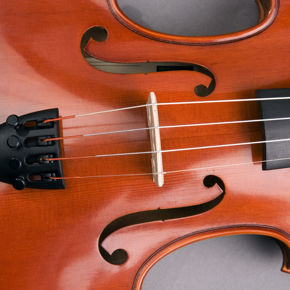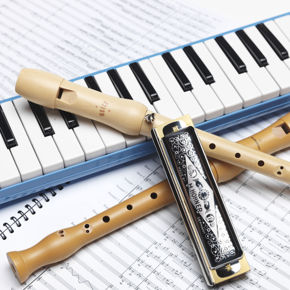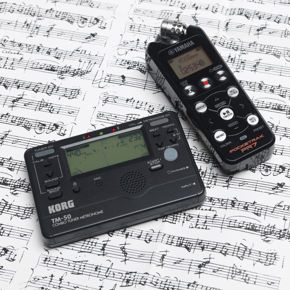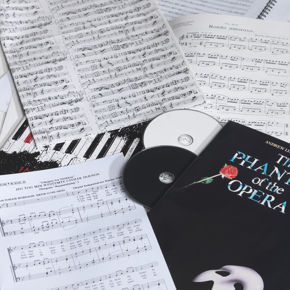Instrumentation: Trumpet/Keyboard
Range: b flat b'' flat
Difficulty (I-VI): IV
Parts for Trumpet in E flat or B flat
Series: Facets of Brass
Editor: Max Sommerhalder
The present concerto for horn, which has become known throughout the world as a trumpet concerto, is generally ascribed to Johann Baptist Georg Neruda. His authorship is extremely likely, although not conclusively proven, as the horn concerto is not contained in the listings of his works and the manuscript does not mention the composer's first name. Theoretically, the work could have been written by one Jan Chrysostomus Neruda (17051763), violinist, monk and church musician in Prague; no other works of his have survived, however, whereas Johann Baptist Georg wrote "a huge number of symphonies, violin concertos, trios etc.", including a Salve Regina and even an opera Les Troqueurs. His six sonatas for two violins appeared in print in 1764, published by Breitkopf and Härtel in Leipzig. Johann Baptist Neruda's biography is still largely a matter of speculation no records of his birth or death have been found. According to Moritz Fürstenau, the chronicler of the Dresden Court Orchestra, Neruda was born in 1710 in Prague; the lexicon of Gottfried Johann Dlabacz states that the composer died about 1780 aged 74, thus giving rise to the oft read statement that Neruda was born ca. 1707. Dlabacz mentions "Rossicz in Böhmen" as Neruda's birthplace, but for the years 1706 to 1710, no mention is found of his name in the parish records of the two villages (near Pardubice) in question. The records in Rossitz (Rosice) in Moravia have not yet been researched. The only certainties in Neruda's curriculum vitae are that he was engaged for the Electoral Orchestra in Dresden in 1750 as a violinist and retired from his post there in 1772. According to Fürstenau's chronicle, Neruda was never leader of the orchestra in Dresden, as is alleged by Richard Engländer, but rather CammerMusicus (chamber musician), who earned additional money as an hardworking and valued composer of church music. Dlabacz states that Neruda trained as a violinist in Prague and that he was employed there in the theatre orchestra for a time before he moved to Dresden.
The Source
The only source of Neruda's horn concerto is a contemporary set of parts with the title: CONCERTO / à / Corno Primo / 2 Violini / Alto Viola / Con Basso / Del Sig: Neruda, found in the library of the Cistercian monastery in Ossegg (Osek) near TeplitzSchönau (Teplice) in northern Bohemia and now in the Czechoslovakian National Museum in Prague under the signature XXXII A52. The manuscript, presumably the work of a copyist, contains so many mistakes that it is doubtful whether the work was ever or more than once performed from this material.
The Music
The style of Neruda's horn concerto places it in the middle of the 18th century, rather earlier that later. The work follows the Vivaldi concerto form faithfully. Neruda's extreme homophony is typical of the "gallant" style the violins are often in unison and the violas play frequently "col basso", giving a transparent, perhaps even meagre tonal colour. The many incomplete chords often lead to ambiguous harmony, leaving considerable latitude in interpretation when it comes to realizing the basso continuo. The coming renunciation of the continuo is discernible in Neruda's style, so that a performance without is justifiable; the practice in Neruda's time, however, was very probably with keyboard. Also typical of Neruda's style are the frequent cross relations and semitone dashes. which are on no account to be "tempered", as has been done in some earlier editions. The solo part represents the zenith of horn playing in the clarino register. The fact that this work was found in the border area between Saxony and Bohemia is certainly not a coincidence, as Bohemia is thought to be the cradle of artistic horn playing, and the Dresden school of horn playing produced several legendary horn virtuosi, such as Anton Joseph Hampel and Jan Vaclav Stich-Punto. Whether Neruda wrote the present concerto before or during his employment in Dresden is not clear, although the location of the manuscript indicates that the work was written for the Ossegg monastery. This important Bohemian musical centre had its own orchestra, whose inventory included two Litui vulgo Waldhörner as early as 1706.
The Solo Instrument
Neruda wrote this concerto for the valveless natural horn (corno da caccia) in low Eflat and used only the high register (the so called clarino register) of the instrument, from the 8th to the 24th partial (sounding E flat' to B flat"). The range required is astonishing, although not unique; works by Johann Sebastian Bach, Jan Dismas Zelenka or Johann Matthias Sperger go just as high. Even trumpet concertos of the time reached the 24th partial, e.g. by Michael Haydn or Georg von Reutter II (whose two concertos for solo trumpet are also published bymcnaughtan). Surprisingly, playing accuracy in the 5th octave is relatively good. Incidentally, there are indications that the early horn players were also trained as trumpeters. As late as 1778, a memorandum reports that the Dresden hom player Hummel had to "play the trumpet for the Guard". Horn players can use instruments in B-flat/high B flat or high F/high B fiat for modem performances on valved instruments. Trumpet players have also used Flugelhoms or Fürst-Pless horns in B flat, in addition to the normal trumpet Absurdly, a 4valve version of the Fürst-Pless-Horn has recently become known as a corno da caccia or a clarino horn. The Pless Horn, a hunting instrument belonging to the bugle family, is a developement of the l9th century and is just as far removed from the real corno da caccia and clarino playing as the piccolo trumpet is from the natural trumpet.
The composer sets four fermatas at different points in the work, apparently to give the performer the opportunity to include cadenzalike figures over a dominant pedal point The fermatas are n.b. always over a unison dominant in the strings, never over rests or 6/4 inversions, suggesting that lengthy cadenzas in the style of classical concertos were not intended. As late as 1752, "Cadenzas for wind instruments ... must be playable in one breath", according to Johann Joachim Quantz. Nonetheless, long cadenzas have become customary in performances of the work, so that I have included both long and short examples (For reasons of space, the long cadenzas are printed on a separate sheet). Only the notes obtainable on the original E flat natural hom should be used in the cadenzas.
The Present Edition
We have attempted to prepare this edition with an absolute minimum of modifications to the original manuscript All alterations are given in the list of corrections below. With the exception of the continuo part, our suggestions for the performance of the grace notes, the cadenzas and the metronome markings, we have made no additions. The articulation, the dynamic markings and the decorations have only been extended where this is justified by similar passages elsewhere in the work. All extensions are marked by dotted lines, square brackets or small print both in the score and in the solo part. We have based the piano part as closely as possible upon the original score.

